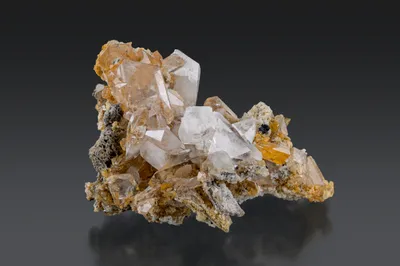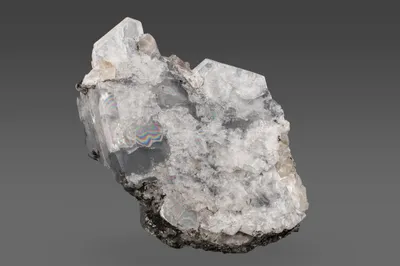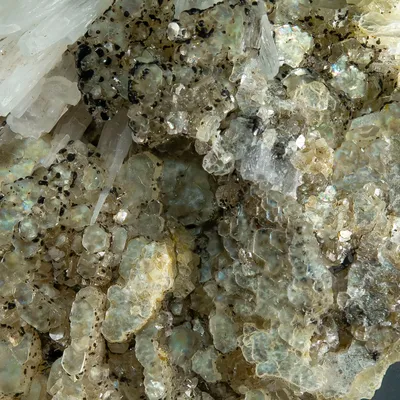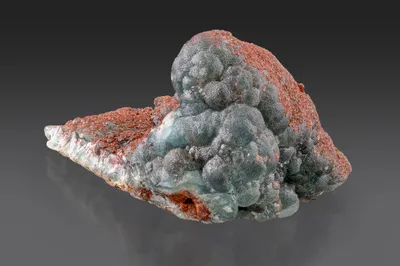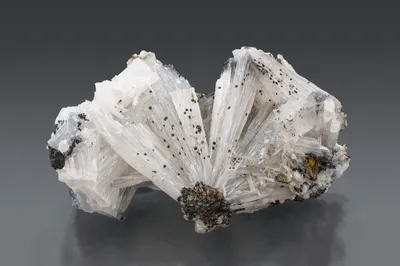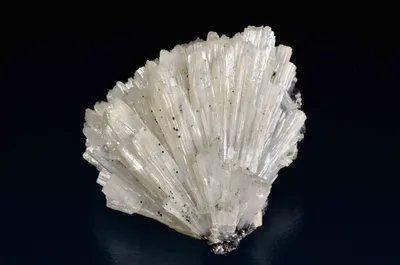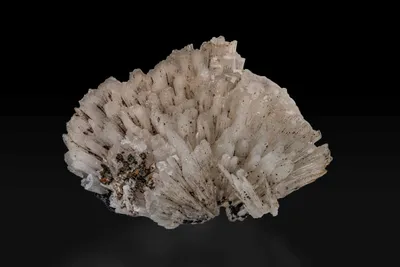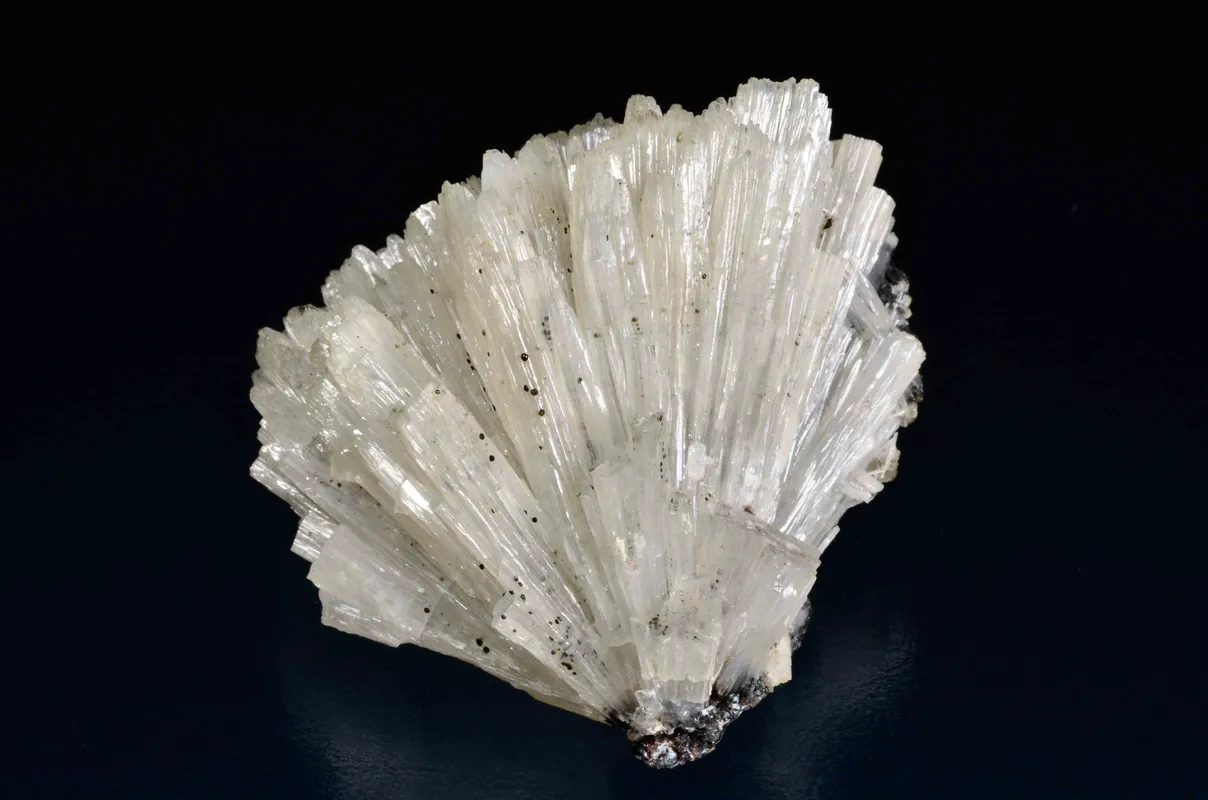
Mineral Species
Alamosite
Type Locality
No
Composition
PbSiO3
Crystal System
Monoclinic
Status at Tsumeb
Confirmed
Abundance
Very rare
Distribution
Second oxidation zone
Paragenesis
Supergene.
Entry Number
Species; TSNB6
General Notes
According to Gebhard (1999) alamosite from Tsumeb was first recognised on a specimen from the second oxidation zone in the collection of W. R. Kahn, who had mis-identified it as "aragonite". The first formal description of alamosite from Tsumeb was based on "… an interesting specimen of leadhillite" believed to originate from the second oxidation zone and acquired during a research visit to Tsumeb by Medenbach and Schmetzer (1975).
Radiating sprays (to 80 mm) of colourless-white elongated crystals, considered to represent the best of species for alamosite, are from a small find, probably on 28 Level which, according to Keller (1984) was discovered in 1972. Von Bezing et al. (2014) suggest that some 60-80 specimens were recovered from this find, rather more than the 20 specimens suggested by Pinch and Wilson (1977) and Gebhard (1999).
A much less spectacular occurrence of alamosite, associated with larsenite, mathewrogersite, melanotekite, mimetite and queitite was found in the East 9 Pillar, on 31 Level (Keller and Dunn 1986; Keller and Innes 1986).
Tsumeb alamosite occurs as colourless to white idiomorphic crystals, needle-like or as very slender blades, commonly to 30 mm in length and up to 3 mm wide. Individual crystals tend to have tiny flat terminations. Typically, the crystals are arranged in bundles of parallel or closely subparallel individuals and these bundles in turn form radiating, fan-shaped sprays. In the early 1970s these sprays of alamosite crystals were mistaken for aragonite, or even cerussite (Southwood 2021a). Perhaps the most interesting aspect of alamosite is the rare mineral paragenesis of which it is part.
The specimen studied by Medenbach and Schmetzer (1975) yielded the following assemblage: alamosite, anglesite, fleischerite, hematite, kegelite, leadhillite, melanotekite and mimetite. (Kegelite was initially reported as unidentified but later described as a new mineral from this assemblage; see Medenbach and Schmetzer, 1976).
Keller (1977a) described the following "rare mineral paragenesis":
R/1: primary sulphides >> wulfenite >> alamosite >> kegelite >> leadhillite >> cerussite.
Keller and Bartelke (1982) included alamosite in one of two rare mineral parageneses inferred for the lead silicates. A simplified version of their extended "R/1" sequence is as follows; for the complete version please see Keller and Bartelke (1982; page 146):
R/1: primary sulphides >> wulfenite >> alamosite >> (plumbotsumite, kegelite, melanotekite) >> "mineral T1" >> willemite >> mimetite >> larsenite >> leadhillite >> cerussite
Keller (1984) noted that alamosite is the earliest and the most abundant of the lead silicates at Tsumeb and suggests that the younger (and rarer) lead silicates (kegelite, larsenite, mathewrogersite, plumbotsumite, queitite), may be derived from alamosite.
Associated Minerals
anglesite; cerussite; fleischerite; hematite; kegelite; larsenite; leadhillite; mathewrogersite; melanotekite; mendipite (?); plumbojarosite; plumbotsumite; quartz; queitite; willemite; wulfenite

